From the time that the daily sacrifice is abolished and the abomination that causes desolation is set up, there will be 1,290 days.
Daniel 12:11
The Abomination of Desolation, also rendered as “The Abomination that causes Desolation,” is a controversial term found in the Bible that has sparked a wide range of speculative interpretations over the centuries. The subject continues to be debated among scholars, theologians and those interested in eschatology.
The Abomination of Desolation originally appears in the Book of Daniel. However, Jesus mentions it in the synoptic gospels when prophesying about the signs of the end times with his disciples.
Speculators and interpreters have suggested several different events and entities that could be identified as the Abomination the causes Desolation. Here are the three that appear to garner the most scholarly interest.
Historical Interpretation - Many scholars believe that the term initially referred to the desecration of the Second Temple by Antiochus IV Epiphanes in 167 BCE, who erected a statue of Zeus in the temple and sacrificed pigs on the altar, which are unclean animals according to Jewish law.
Futurist Interpretation - Some Christians who adopt a futurist perspective on biblical prophecy argue that the Abomination that causes Desolation refers to a future event where an antichrist figure will proclaim himself to be God and will stand in a holy place, which some believe to be a yet-to-be-rebuilt Third Temple in Jerusalem.
Preterist Interpretation - Preterists hold that Jesus' prophecy in the gospels referred to the destruction of the Second Temple and Jerusalem by the Romans in AD 70, where the "abomination" could refer to the standards of the Roman legions. It is worth noting that this prophecy, and others, contain several layers of fulfillment. It might have been fulfilled both prior to the destruction of the temple and will be fulfilled again during the end times tribulation. The desolation refers to the destruction and desolation of the Jews, an event that sadly has occurred many times throughout history.1
Rational Spirituality’s Interpretation of the Abomination
The Dome of the Rock is an Islamic shrine located on the Temple Mount in the Old City of Jerusalem. We agree with certain strands of dispensationalist and futurist eschatology, which hold that end time prophecies will be fulfilled in a literal and physical manner. Indeed, we believe we are now in the end times. In our opinion, this structure, which is a shrine not a mosque, exemplifies the prophesized Abomination that causes Desolation.
The mere presence of the Dome of the Rock, a non-Jewish religious monument, on the historic site of the Jewish temples is itself an abomination because it stands where the Holy of Holies is traditionally considered to have been located. This might also be regarded as a form of desolation because its presence precludes peacefully rebuilding the Third Jewish temple, an event many believe is necessary for the fulfillment of certain biblical prophecies concerning the end times.
The construction of the Dome of the Rock, which was completed in the late 7th century, is seen as a pivotal event in prophecy, with the site's continuing status as an Islamic holy place serving as a kind of placeholder or precursor to the future Abomination that causes Desolation.
[Jesus said:] But when you see the abomination that causes desolation, spoken of by Daniel the prophet, standing where it ought not to be (let the reader understand), then let those in Judea flee to the mountains.
Mark 13:14
We also should note that the Dome of the Rock stands not only on the traditional site of the Second Jewish Temple, but also on the site of a Roman temple dedicated to the pagan god, Jupiter (Zeus) and constructed around 130 B.C. during Hadrian’s reign as Roman Emperor.
Historical Context
The First Temple, known as Solomon's Temple, was completed in the 10th century BCE. It was the center of Jewish worship, where rituals and sacrifices were carried out according to the laws of the Torah. This temple was destroyed by the Babylonians in 586 BCE, leading to the Jewish exile.
The Second Temple was completed in 516 BCE, signifying a period of Jewish return and restoration. Herod the Great later expanded it, however in AD 70, the Romans destroyed the Second Temple, resulting in trauma that shapes Jewish consciousness even to this day.
The Second Temple (modeled above) depicts the Antonia Fortress, named for Marc Anthony, at the upper right (NW) corner of temple mount. The Antonia Fortress provided security for the temple. With the temple itself situated in the center of Temple Mount, the Royal Colonnade can be seen along the temple mount wall on the left. This was the temple’s center of commercial and public activity. It is where the ram’s horn (shofar) was blown on Holy Days (SW Corner) and to mark the beginning and end of Shabbat (Sabbath).
The Western Wall, the holiest site of Jewish worship today in Jerusalem, is located along the far side in the model above.
The Royal Colonnade is the most likely location of Jesus’ cleansing of the temple’s ‘money changers.’ While this event is historical, it has been spiritually oversimplified, in my opinion.
Commerce was an essential aspect of temple life. The Colonnade was a market where sacrificial animals were sold to worshippers. Payment in shekels was required, therefore currency exchangers were necessary. Quite possibly Temple exchange rates were unfair, similar to those encountered with today’s moneychangers, particularly in airports.
Jesus, by knocking over a few tables and chairs, was likely miming the future destruction of the temple itself. Moreover, Jesus, along with John the Baptist, were members of the Essene sect of Judaism. The Essenes believed the temple was corrupt, that it had been defiled and therefore should be destroyed.
[Jesus said:] They will level you to the ground - you and the children within your walls. They will not leave one stone on another, because you did not recognize the time of your visitation from God.
Luke 19:44
As part of their eschatology, the Essenes anticipated a new Temple and a new age of righteousness. Their documents reflect expectations of divine intervention and the establishment of a Temple that would be in accordance with their own standards of purity and holiness. The scene depicted below definitely smacks of impurity.
Unless you happen to be a student of Judaism, you probably have never heard of Rabbi Yohanan ben Zakkai. He was a hugely instrumental figure during the transformative era that followed the destruction of the Second Temple.
It was Rabbi Yohanan, along with two or three other prominent rabbis, who created the core text of Rabbinic Judaism, the Mishnah. He provides context for this brief tale.2
Once when Rabbi Yohanan and Rabbi Joshua were walking by the Temple ruins, Rabbi Joshua said, “Woe unto us that this, the place where the iniquities of Israel were atoned for, is laid waste!”
“My son, Rabbi Yohanan said, “Be not grieved. We have another atonement as effective as this. And what is it? It is acts of loving kindness. As it was written, ‘I desire kindness, not sacrifice.’ “
Following the destruction of the Second Temple, Judaism experienced significant evolution. The rabbinic tradition, crystallized in the Mishnah and Talmud, became the centerpiece of Jewish life and law. This evolution in thought and practice led to a focus on prayer, study and acts of loving-kindness (mitzvot or mitzvahs) as the primary expressions of Jewish piety, supplanting Temple worship and animal sacrifice.
Most branches of modern Judaism interpret the absence of the Temple as a call to ethical living and spiritual service, rather than a loss of the ability to perform ritual sacrifices.
The term "mitzvah" is Hebrew for commandment and is used to describe the 613 commandments that Jews are obligated to follow according to the Torah. However, in a broader sense, mitzvah has come to embody any good deed or act of kindness. Mitzvah conveys not just a good action, but one that is connected to the Jewish religious imperative to do what is right and just.
Many Christians, including myself, were intrigued to learn that beyond the familiar Ten Commandments entrusted to Moses, the Bible enumerates a total of 613 commandments - the “thou shalts” and “thou shalt nots.” These extensive directives, provided to the Jewish people, position the Decalogue as merely the top ten most recognized within a much broader divine mandate. It is taught both in Judaism and Christianity that the greatest commandment of all is charity (in Hebrew, chesed).
Arguments Against Rebuilding
The proposal to rebuild a Third Temple on the site of the Dome of the Rock fails to take into account the subsequent developments in Jewish theology and practice. The cessation of ritual sacrifice has been embraced as part of a divinely guided historical process. To reinstate such practices would represent a regressive step, not merely in theological terms but also in ethical ones.
On the other hand, the Third Temple could, like the Dome of the Rock, be dedicated as a Shrine or Judaic Museum. It need not necessarily revive ritual sacrifice.
Instead of focusing on a literal rebuilding, some suggest it is more productive to interpret the idea of the Third Temple as a symbol for a future era of peace and spiritual completeness. In this view, the building of the Third Temple is not an architectural project but a metaphorical process of improving the world (tikkun olam) and fostering unity among all peoples.
Moreover, the notion of rebuilding the Third Temple on the site of the Dome of the Rock is fraught with historical, religious and political complications. It could pose significant risks to regional stability and interfaith relations.
Alternatively, the notion of a Third Temple may not even pertain to our immediate historical context, but could instead denote a prophetic vision intended for a distant future - a Messianic Age beyond our current horizon. From this vantage point, the Third Temple would symbolize an epoch in which transformations in human consciousness, universal brotherhood, and divine providence prepared the ground for such an undertaking.
In the embrace of the Messianic Age, the Third Temple may rise in Jerusalem - the city of peace - as a beacon of hope and unity.
These are significant instances of persecution and tragedy in Jewish history:
722 BCE: The Assyrian conquest of the northern Kingdom of Israel led to the dispersion of the ten tribes.
586 BCE: The Babylonian destruction of Jerusalem and the First Temple, followed by the exile of Judean leaders and many people to Babylon.
167-160 BCE: The desecration of the Second Temple and persecution by the Seleucid Empire during the Maccabean Revolt.
70 CE: The destruction of the Second Temple by the Romans and the subsequent loss of Jewish sovereignty in the land of Israel.
135 CE: After the Bar Kokhba revolt, Romans killed thousands of Jews, sold many into slavery, and renamed Judea as "Syria Palaestina".
The Middle Ages: Widespread persecution in Europe, including the Crusades where Jewish communities were massacred, and expulsions from England (1290), France (14th century), and Spain (1492).
17th century: Pogroms in Ukraine and Poland during the Khmelnytsky Uprising where tens of thousands of Jews were killed.
19th and early 20th centuries: Pogroms in Russia and Eastern Europe, and increasing anti-Semitism leading to further massacres and emigration.
1933-1945: The Holocaust, where six million Jews were systematically murdered by the Nazi regime during World War II.
Post-World War II: Episodes of violence and expulsion in Arab and Muslim countries, with many Jews fleeing or being expelled, most notably from Iraq, Yemen, Egypt, and Libya.
Each of these events left an indelible mark on Jewish collective memory and has shaped Jewish identity, resilience and the importance of the State of Israel.
A History of God, Karen Armstrong, 1993 (book)

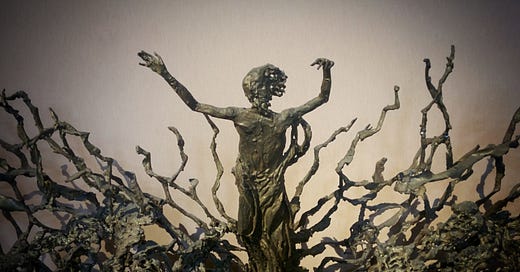



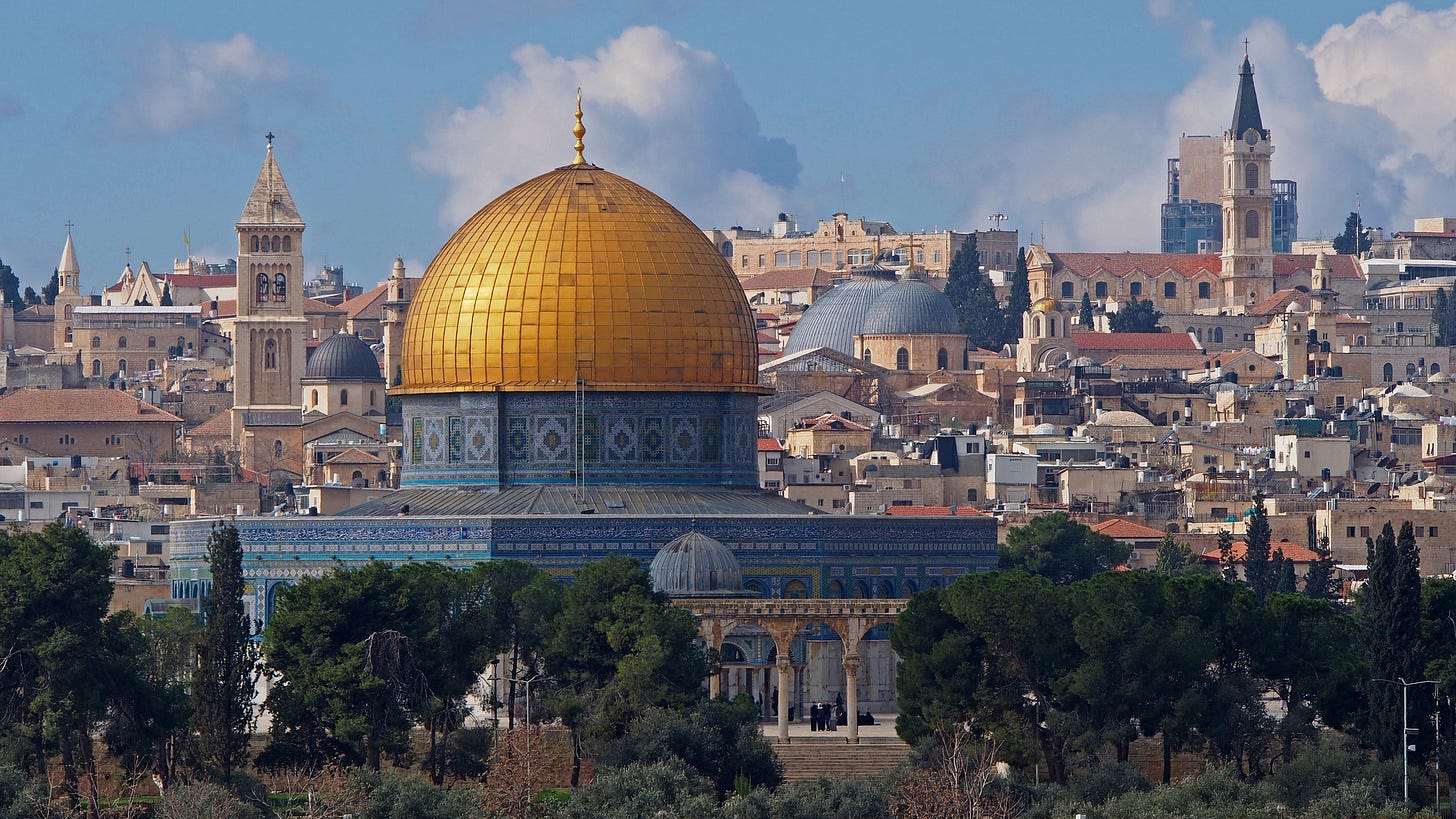
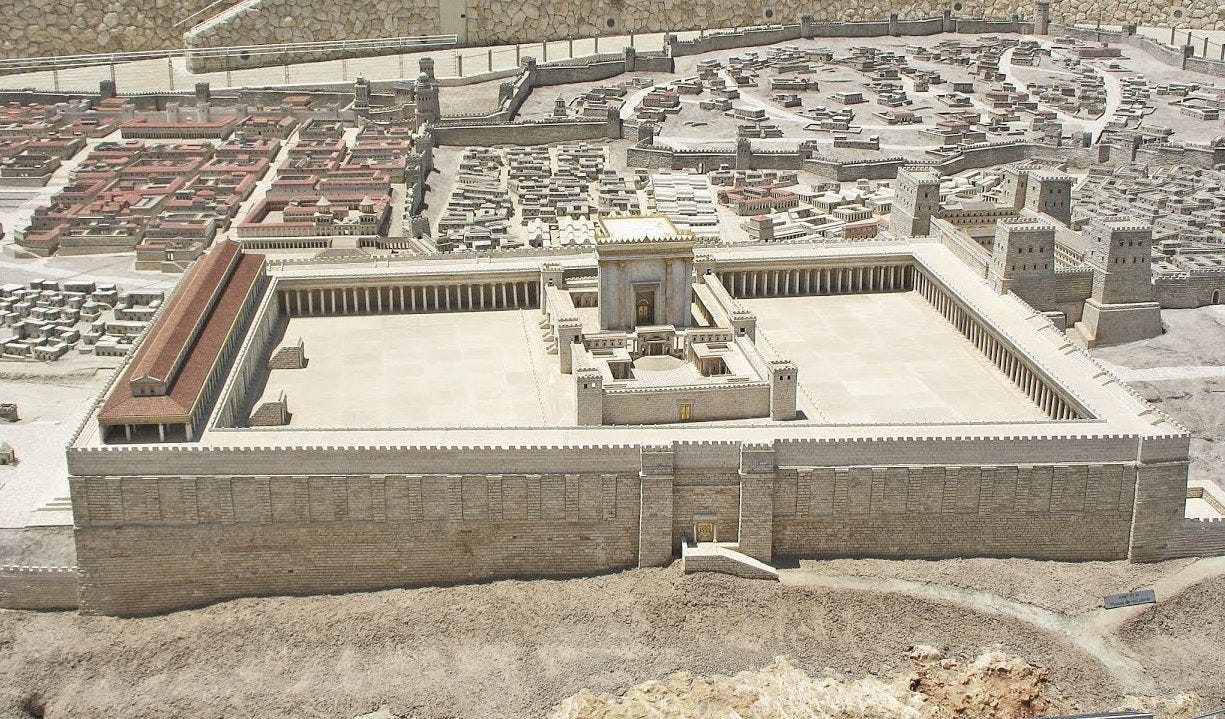

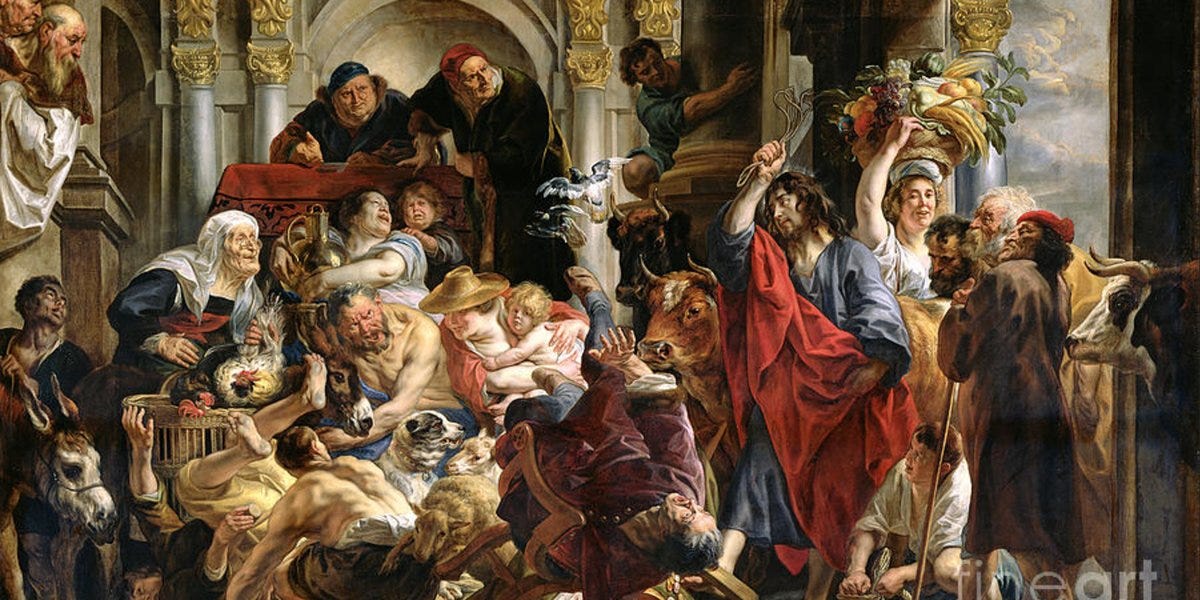
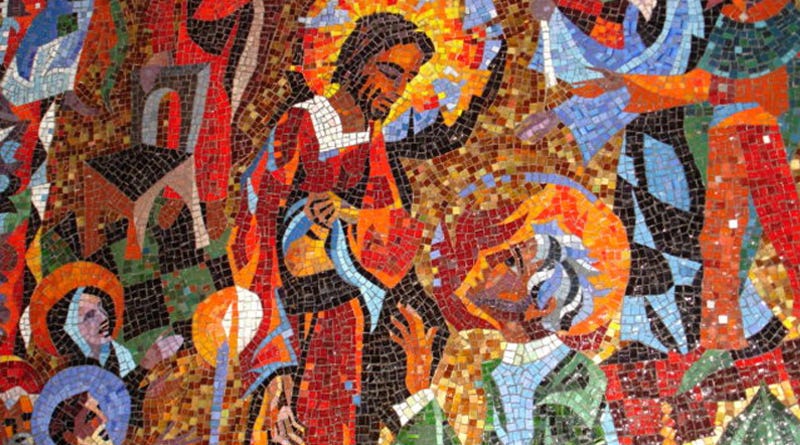
Excellent